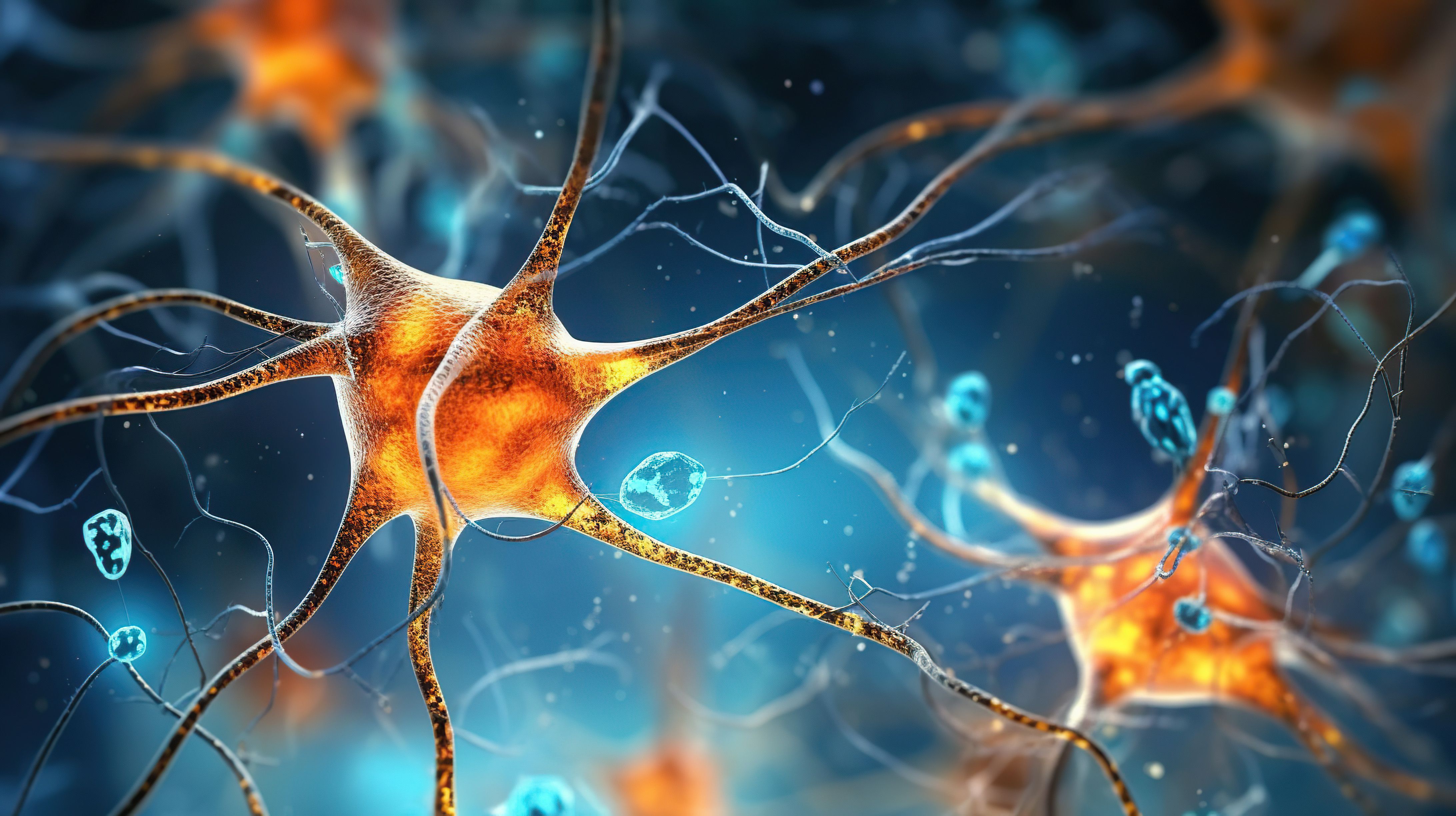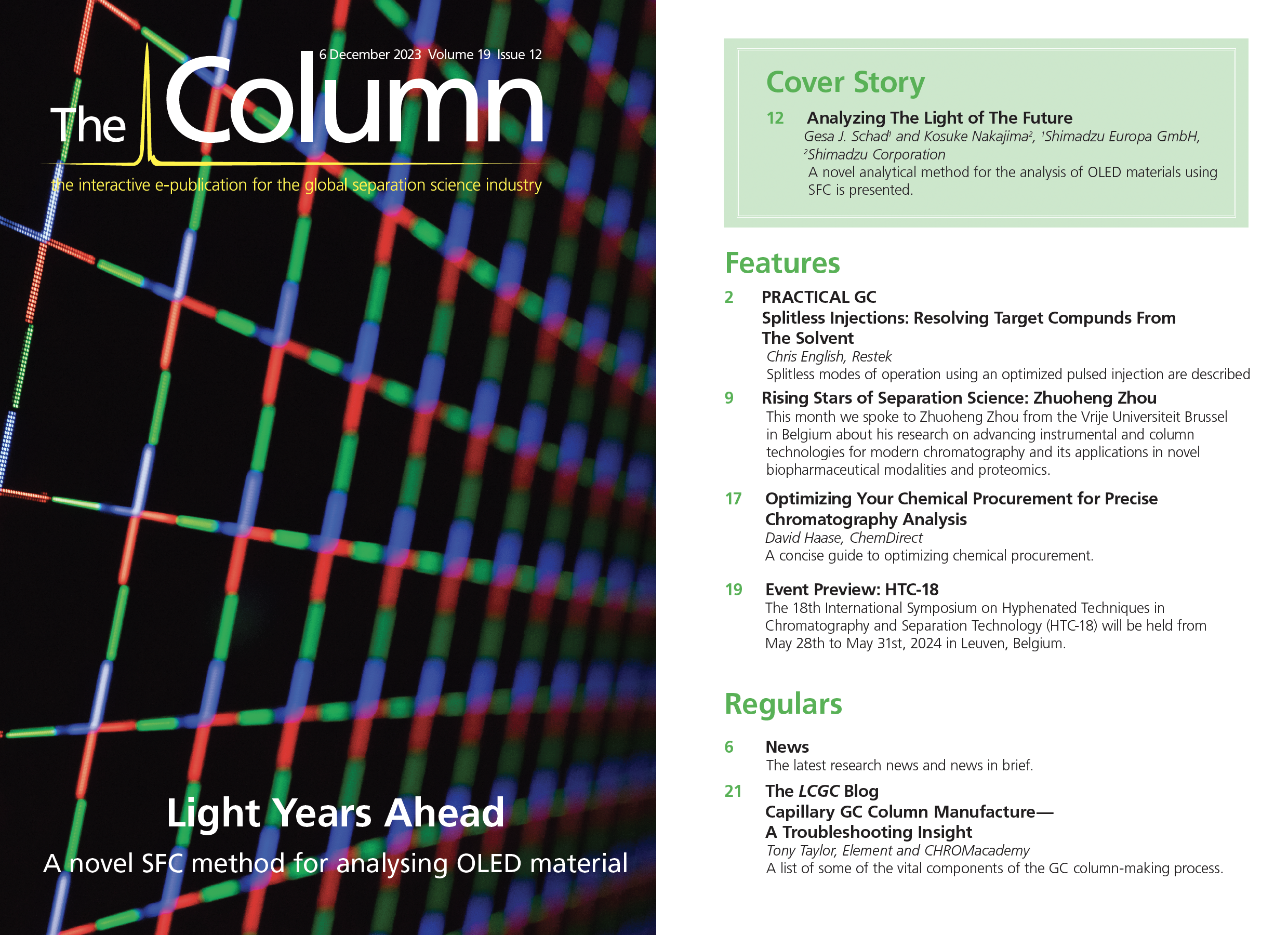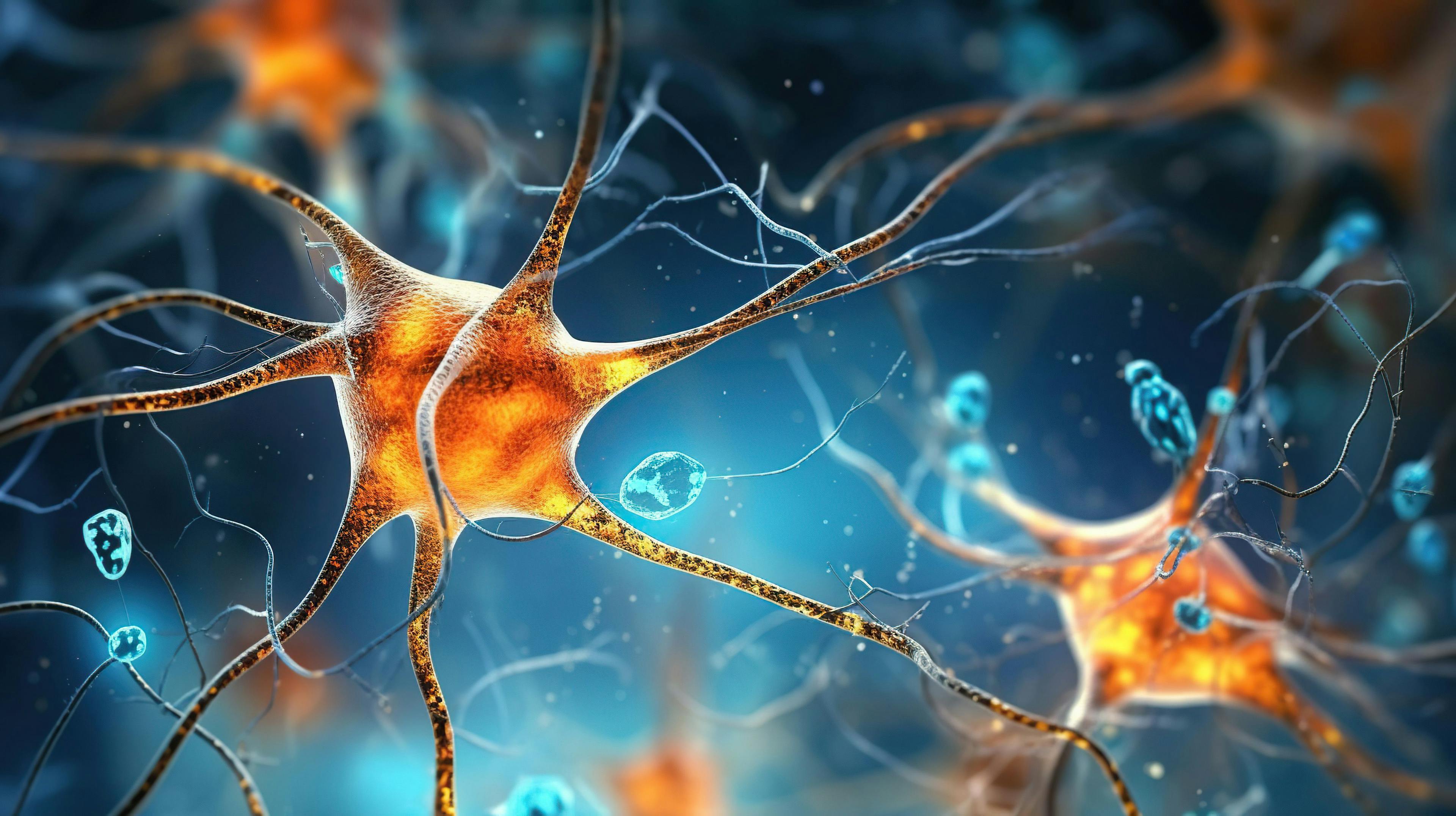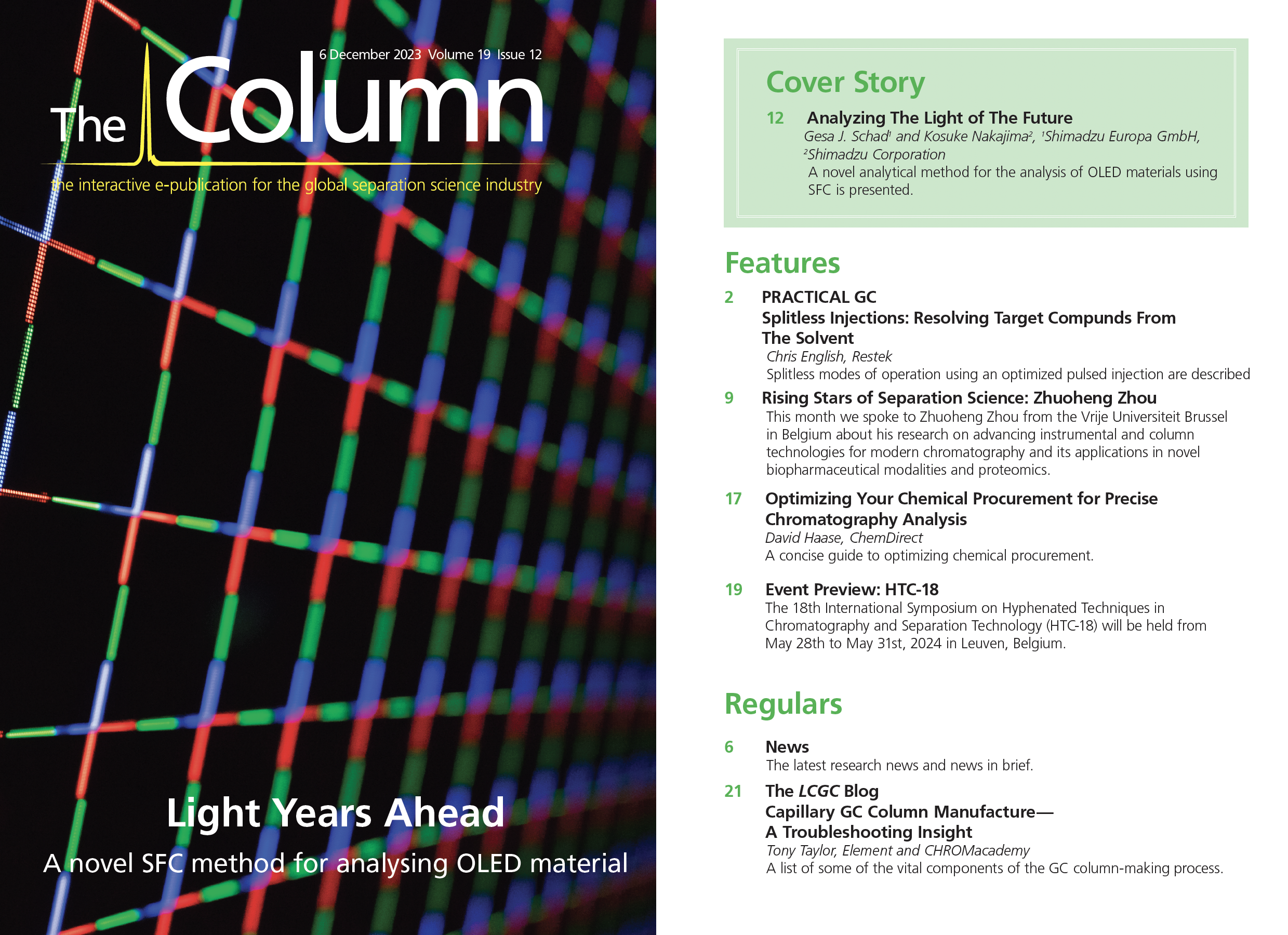UHPLC–MS Method Used to Detect Purine Metabolites and Study Severe Biological Disorders
A recent study published in the Journal of Separation Science reveals how ultrahigh-performance liquid chromatography tandem mass spectrometry (UHPLC–MS/MS) could be used to detect and quantify purine metabolites (1). This study revealed new information about the relationship between purine metabolites and their involvement in several biological disorders such as hyperuricemia and kidney stones.
Conceptual illustration of neuron cells, close-up, Generative Ai | Image Credit: © maniacvector - stock.adobe.com

Purine metabolites play pivotal roles in cellular processes and energy metabolism. Understanding their levels and dynamics in biological systems is crucial for deciphering the pathogenesis of purine metabolic disorders. In response to this need, the researchers developed an UHPLC–MS/MS method that allows for the comprehensive quantification of 17 purine metabolites in rat plasma.
One of the features of this UHPLC–MS/MS method was its efficiency. In approximately 15 min, the method was able to separate and quantify all 17 purine metabolites, providing researchers with a panoramic view of purine metabolism in biological samples (1). The method’s accuracy and precision
were extensively validated, with linear relationships (R2 ≥ 0.9944), recoveries ranging from 85.3% to 103.0%, and low relative standard deviation values (≤9.3%) for all analytes (1). The researchers tested the method by applying it in the study of acute gouty arthritis rats, as well as rats treated with anthocyanin and colchicine. The findings revealed that among the purine metabolites, uric acid, xanthine, hypoxanthine, and xanthosine emerged as key factors associated with acute gouty arthritis. These findings offer valuable insights into the mechanisms underlying this painful condition, potentially paving the way for more effective treatments and preventive measures (1).
Reference
(1) Jia, Q.; Yang, Z.; Wang, Q.; et al. A Liquid Chromatography-Tandem Mass Spectrometry Method for
Comprehensive Determination of Metabolites in the Purine Pathway of Rat Plasma and its Application in Anti-Gout
Effects of Lycium Ruthenicum Murr. J. Sep. Sci. 2023, e2300090. DOI: 10.1002/jssc.202300090

New Method Explored for the Detection of CECs in Crops Irrigated with Contaminated Water
April 30th 2025This new study presents a validated QuEChERS–LC-MS/MS method for detecting eight persistent, mobile, and toxic substances in escarole, tomatoes, and tomato leaves irrigated with contaminated water.

.png&w=3840&q=75)

.png&w=3840&q=75)



.png&w=3840&q=75)



.png&w=3840&q=75)












